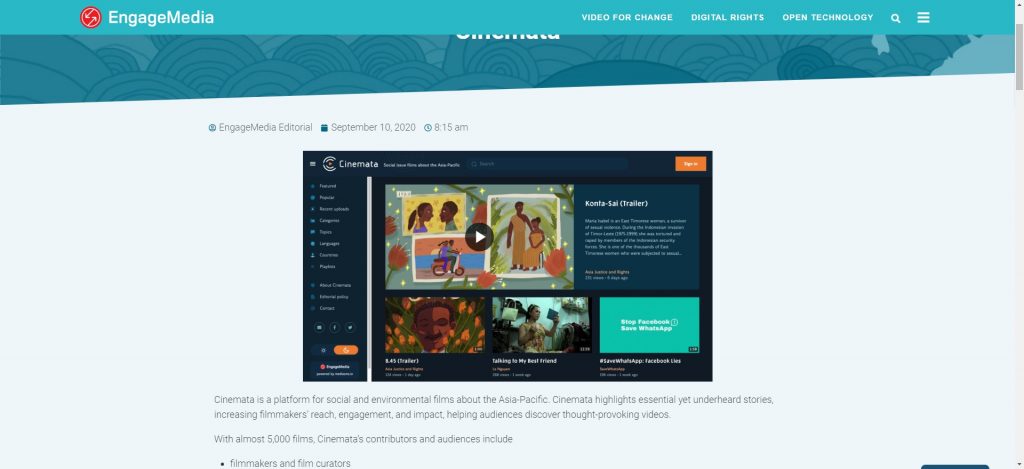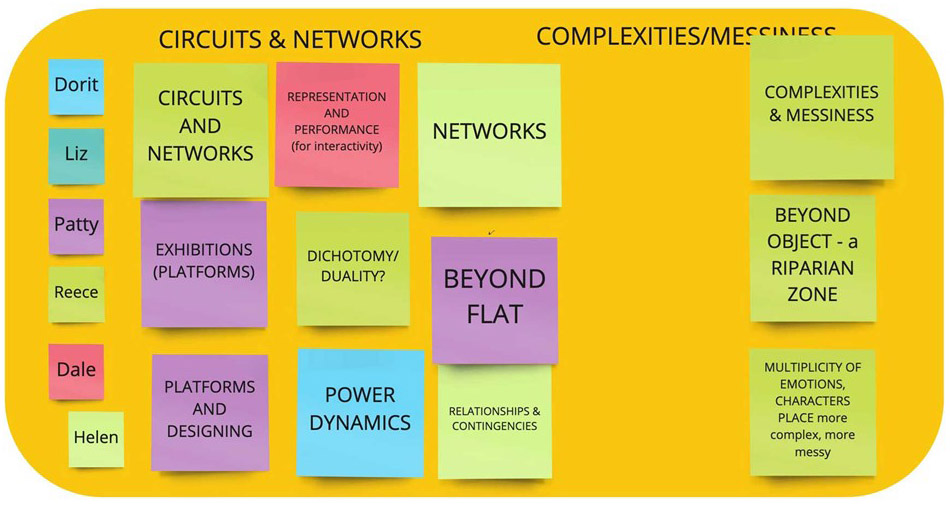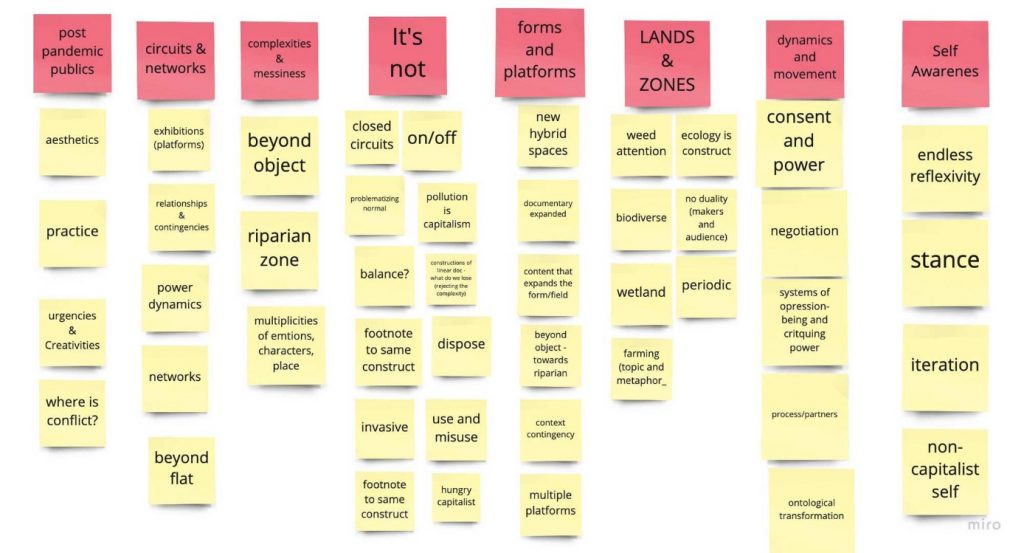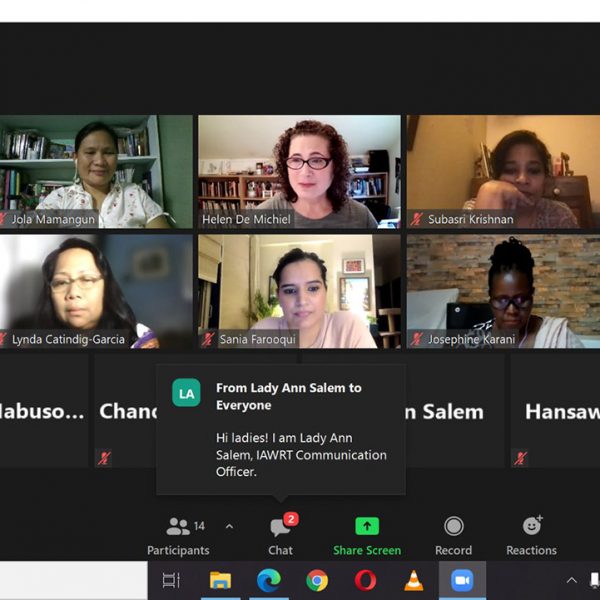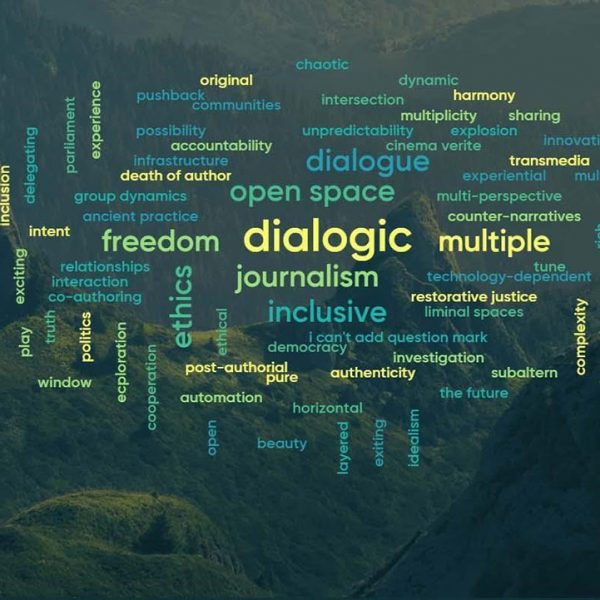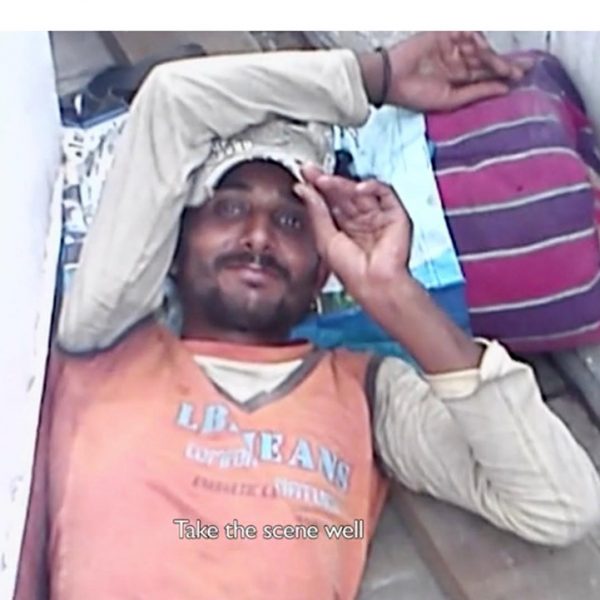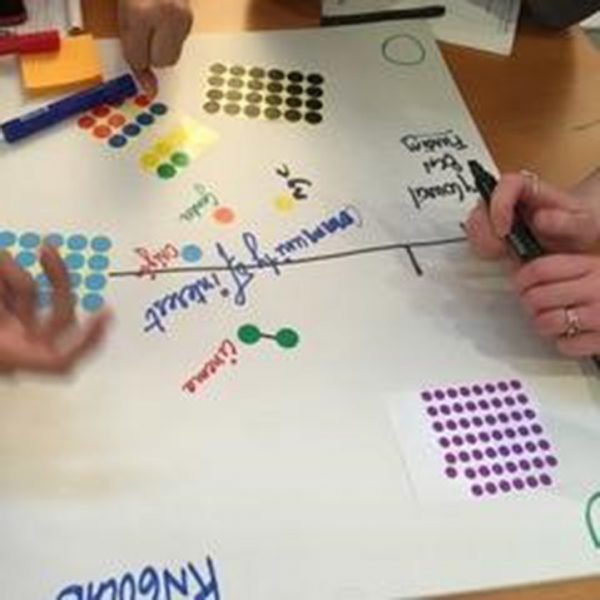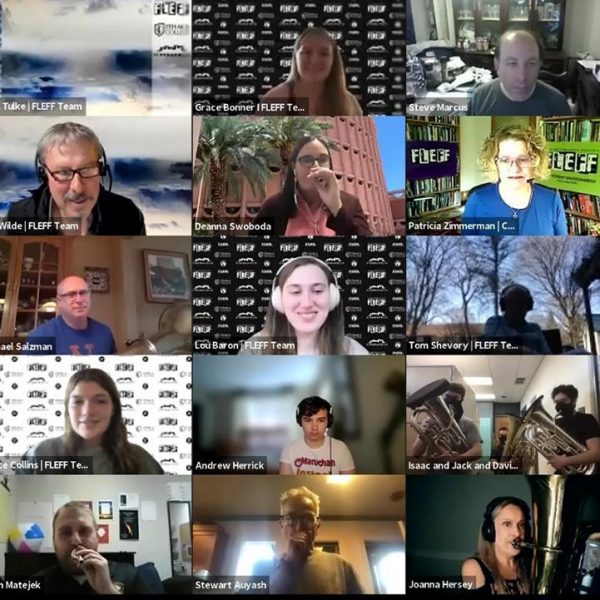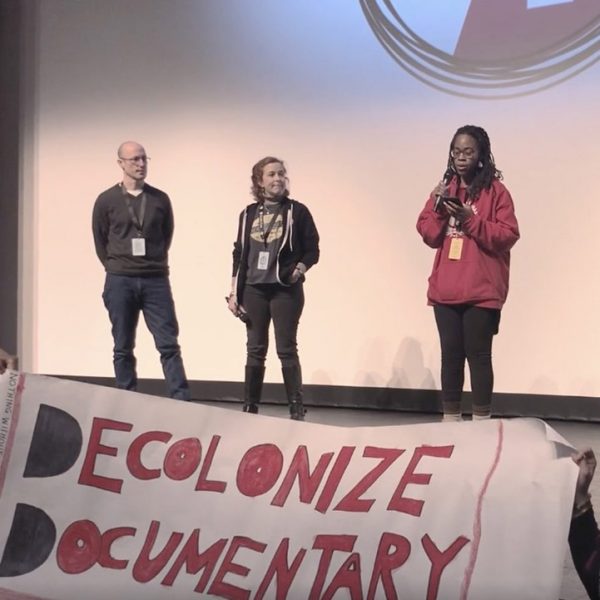The pandemic and protests disrupted documentary teaching, writing, research, publication, festivals, talkbacks, and programming. The traditional coordinates undergirding our work have been thrown into disarray – dismantling legacy strategies of individualism, form, and argument. COVID’s isolation unshackled a desire for community, conviviality, and convenings.
But these pandemic-and-protest-fueled disorderly entanglements have forced us to question these legacy tenets. They demand we consider the potentialities of these historic recalibrations to broaden possibilities for thinking, producing, and writing about documentary. They galvanize a resolve to gather together in order to invent more collaborative, co-creative documentary practices.
How can co-creation offer new strategies for empowerment and community? How can horizontal modes of producing, writing, and teaching offer a more ethical documentary praxis? How can co-creation build spaces for collaboration beyond corporate media’s capitalist hierarchies and exchange values? How can we support each other in these unknown, unfolding, unresolved terrains?
To work through these questions, a group of colleagues embarked on an open-door ride without a fixed destination. Patricia Zimmermann, Ithaca College professor and Director of the Finger Lakes Environmental Film Festival, and Raza Ahmed Rumi, Director of the Park Center for Independent Media, offered to host a ninety-minute Zoom-based interactive discussion contemplating questions of “documentary and journalism during pandemic, protests, and beyond.”
In June 2020, we brought together our working group of filmmakers and scholars — Reece Auguiste, Helen De Michiel, Dale Hudson, Brenda Longfellow, Liz Miller, and Dorit Naaman — to design the online gathering.
Participants joined in from around the world, and immediately the potential for a free and open space was evident. Whoever showed up was welcome to take part in a conversation about how co-creative media production, teaching, research, writing, and learning was evolving specifically and broadly during the pandemic. So everyone could speak freely, we chose not to record the meeting. A success from the start, the group agreed to continue hosting monthly gatherings.
The principle that co-creation represents a multivalent concept subsuming a diverse range of applications, interpretations, meanings, and values framed our inquiries. You could find collaborators, collectives, teams, designers, temporary ensembles, partners, and communities. Co-creation offers diverse ways to see the world, to make choices, to communicate with others both like and unlike you, and to put the care of everyone involved front and center of a project. Tuning into these various relationships deepens self-awareness and confidence in this different way of thinking and working.
We used a simple format to keep ourselves focused and moving along. The facilitators welcomed everyone with a brief framing introduction pointing to three discussion questions. In the most recent Summer 2021 convening, “Enacting Co-Creative Futures,” Helen and Liz chose these prompts: “What did you do well this past year?” What did you learn that was new for you?” and “What will you do differently in the future?”
For this co-creation documentary special dossier, Helen and Liz suggested a collaborative live Zoom session to theorize the current crisis and opportunities. They designed a group brainstorming, where we captured ideas, responded intuitively, and organized our virtual Post-It cards on the Miro whiteboard. All ideas were given equal weight and were not criticized. To use the farming and ecological metaphors undergirding co-creation thinking, our work was to till the soil and water the new shoots in a collaborative documentary praxis.
